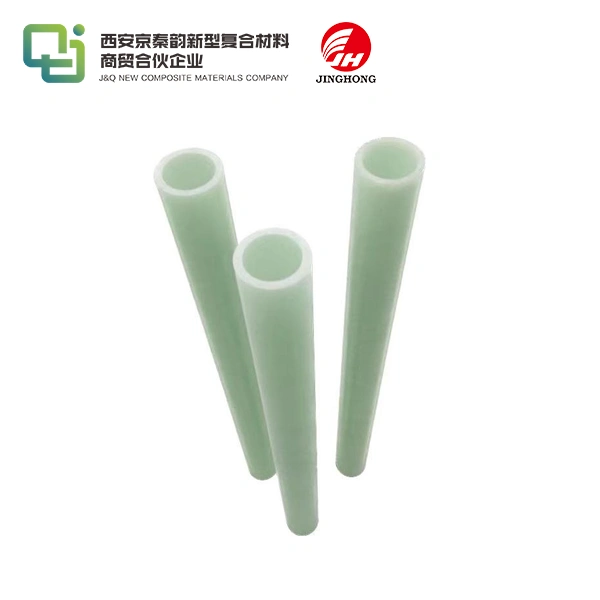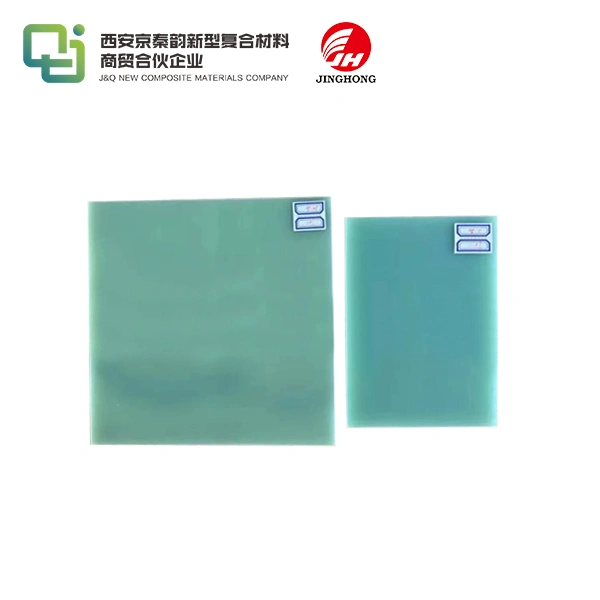What is the difference between laminating and casting epoxy resins?
2024-10-31 14:00:12
Epoxy resins have revolutionized various industries, from construction to crafting, due to their versatile nature and remarkable properties. Two popular methods of working with epoxy resins are laminating and casting. While both techniques involve the use of epoxy, they serve different purposes and yield distinct results. In this comprehensive guide, we'll delve into the intricacies of laminating epoxy resins and epoxy casting resins, exploring their unique characteristics, applications, and the key differences between these two processes.
Understanding Epoxy Resins
The Chemistry Behind Epoxy Resins
Epoxy resins are a class of reactive polymers that form a durable, cross-linked structure when cured. These thermosetting plastics consist of epoxide groups, which react with a hardener or curing agent to create a strong, adhesive material. The molecular structure of epoxy resins contributes to their excellent mechanical properties, chemical resistance, and thermal stability.
Types of Epoxy Resins
There are various types of epoxy resins available, each tailored for specific applications. Some common types include bisphenol A epoxy resins, novolac epoxy resins, and cycloaliphatic epoxy resins. The choice of epoxy resin depends on factors such as desired properties, curing conditions, and environmental considerations.
Properties and Advantages of Epoxy Resins
Epoxy resins boast an impressive array of properties that make them indispensable in numerous industries. These include high adhesive strength, excellent chemical and heat resistance, low shrinkage during curing, and superior electrical insulation. Additionally, epoxy resins exhibit good dimensional stability and can be easily modified to enhance specific characteristics.
Laminating Epoxy Resins: Characteristics and Applications
The Laminating Process
Laminating with epoxy resins involves applying thin layers of resin to reinforce or coat surfaces. This process typically utilizes a lower viscosity epoxy that can easily impregnate fibers or adhere to surfaces. The laminating epoxy is applied in multiple layers, often with reinforcing materials such as fiberglass, carbon fiber, or kevlar, to create a strong, composite structure.
Key Features of Laminating Epoxy
Laminating epoxy resins are characterized by their low viscosity, which allows for excellent wetting and penetration of reinforcing fibers. They often have longer working times to facilitate the layering process and ensure proper fiber saturation. These resins are formulated to provide high strength-to-weight ratios and exceptional resistance to environmental factors.
Common Applications of Laminating Epoxy
Laminating epoxy resins find widespread use in various industries. In the marine sector, they are used for boat building and repairs, providing a waterproof and durable finish. Aerospace applications include the fabrication of lightweight, high-strength components. The construction industry utilizes laminating epoxy for structural reinforcement and concrete repair. Additionally, these resins are popular in sports equipment manufacturing, such as surfboards and skis.
Casting Epoxy Resins: Properties and Uses
The Casting Process
Casting with epoxy resins involves pouring the resin into a mold or form to create three-dimensional objects or thick, clear coatings. This process typically employs a higher viscosity epoxy that can be poured in larger volumes without excessive heat generation or shrinkage. Epoxy casting resins are often formulated to cure slowly, allowing air bubbles to escape and ensuring a clear, bubble-free finish.
Distinctive Attributes of Casting Epoxy
Epoxy casting resins are known for their excellent clarity and UV resistance, making them ideal for decorative and artistic applications. They often have a higher degree of flexibility compared to laminating resins, which helps prevent cracking in thicker pours. Casting resins are also formulated to minimize heat generation during curing, allowing for the creation of larger, thicker castings without issues like yellowing or cracking.
Popular Uses of Casting Epoxy
Epoxy casting resins have gained popularity in various creative and industrial applications. They are widely used in jewelry making, creating unique pieces with embedded objects or colorful designs. Woodworkers use casting epoxy to fill knots and cracks, creating striking river tables and other decorative pieces. In the industrial sector, casting resins are used for encapsulating electronic components, creating prototypes, and manufacturing molds and tooling.
Key Differences Between Laminating and Casting Epoxy Resins
Viscosity and Flow Characteristics
One of the primary differences between laminating epoxy resins and epoxy casting resins lies in their viscosity. Laminating resins typically have a lower viscosity, allowing them to penetrate fibers and wet out surfaces easily. In contrast, casting resins have a higher viscosity, which enables them to be poured into molds without excessive running or seeping.
Curing Times and Exothermic Reactions
Laminating epoxy resins often have shorter curing times and can generate more heat during the curing process. This makes them suitable for applications where quick turnaround is necessary. Casting resins, on the other hand, are formulated to cure more slowly and generate less heat, preventing issues like yellowing or cracking in thicker pours.
Clarity and UV Resistance
While both types of epoxy can be formulated for clarity, casting resins are often superior in this regard. They are specifically designed to produce crystal-clear results, making them ideal for decorative applications. Casting resins also tend to have better UV resistance, maintaining their clarity over time when exposed to sunlight.

Choosing Between Laminating and Casting Epoxy Resins
Project Requirements and Objectives
The choice between laminating epoxy resins and epoxy casting resins ultimately depends on the specific requirements of your project. If you need to reinforce or coat a surface, particularly with fiber reinforcement, a laminating epoxy is the better choice. For creating solid objects, thick clear coatings, or encapsulations, a casting epoxy would be more suitable.
Environmental Considerations
Consider the environment in which the cured epoxy will be used. Laminating epoxy resins often offer superior resistance to harsh environmental conditions, making them ideal for outdoor or marine applications. Casting resins, while also durable, may be better suited for indoor or controlled environments where their clarity and aesthetic properties can be fully appreciated.
Skill Level and Application Method
The application method and your skill level should also factor into your decision. Laminating epoxy requires careful layering and often involves working with reinforcing materials, which can be more challenging for beginners. Casting epoxy, while requiring attention to mixing ratios and bubble removal, can be more forgiving for those new to working with resins.
Conclusion
Understanding the differences between laminating epoxy resins and epoxy casting resins is crucial for selecting the right product for your specific needs. While both types of resins offer exceptional strength and durability, their unique properties make them suited for different applications. Laminating epoxy resins excel in creating strong, lightweight composites and protective coatings, while casting resins shine in decorative applications and the creation of clear, solid objects.
Contact Us
If you're looking for high-quality epoxy resins or insulating sheets for your next project, don't hesitate to reach out to us. With over 20 years of experience in producing and selling insulating sheets and a decade of expertise in foreign trading, we're well-equipped to provide you with the perfect solutions. Contact us today at info@jhd-material.com to learn more about our products and how we can support your epoxy resin needs.
References
1. Johnson, A. R. (2019). Epoxy Resins: Chemistry and Technology. Academic Press.
2. Smith, B. L. (2020). Composites Manufacturing: Materials, Product, and Process Engineering. CRC Press.
3. Thompson, C. M. (2018). The Art of Resin Jewelry: Techniques and Projects for Creating Stylish Designs. Interweave.
4. Davis, E. K. (2021). Advanced Epoxy Resin Technology. Elsevier Science.
5. Wilson, G. H. (2017). Handbook of Epoxy Resins. McGraw-Hill Education.
6. Brown, R. T. (2022). Epoxy Resins in Aerospace and Marine Applications. Springer International Publishing.




.webp)


